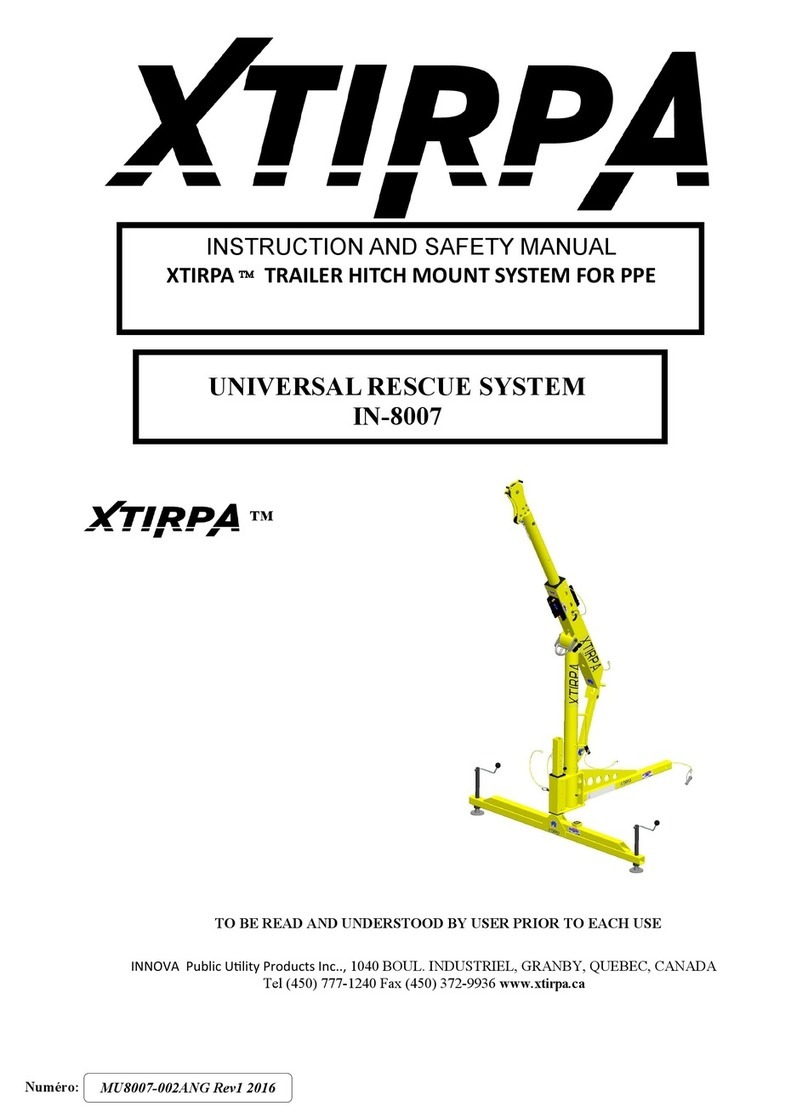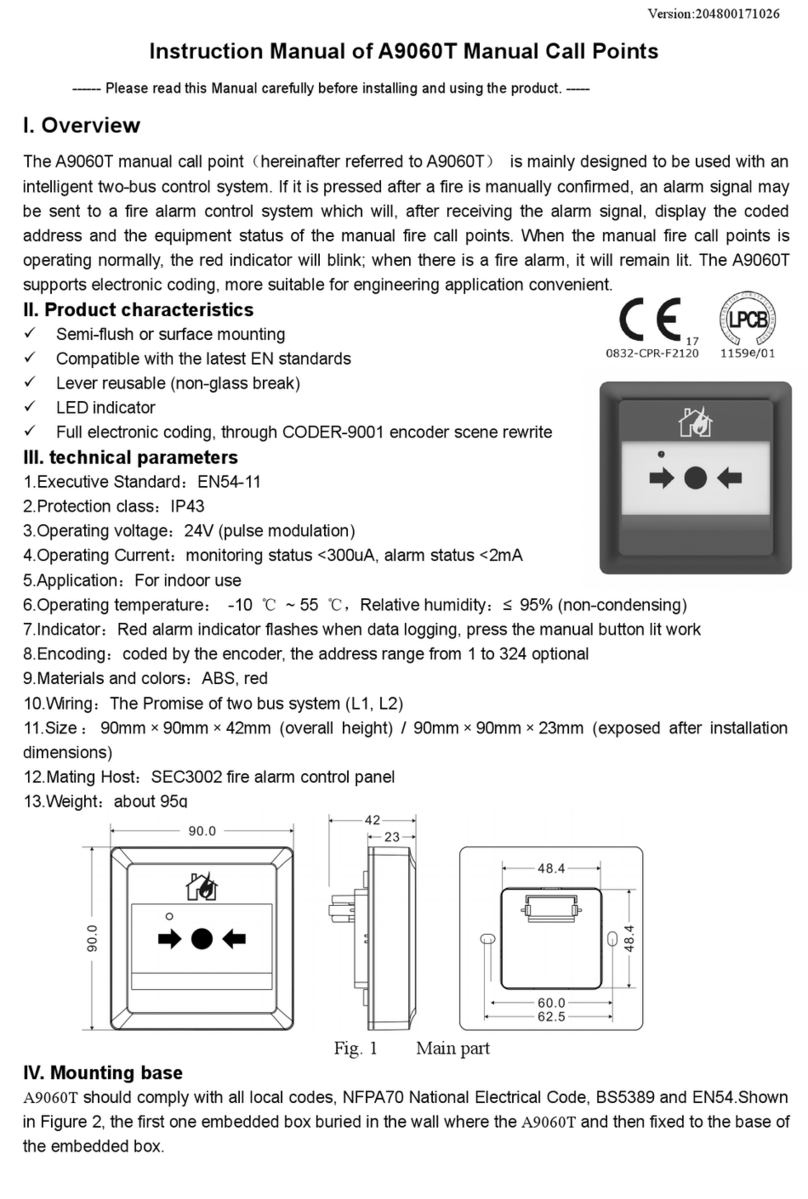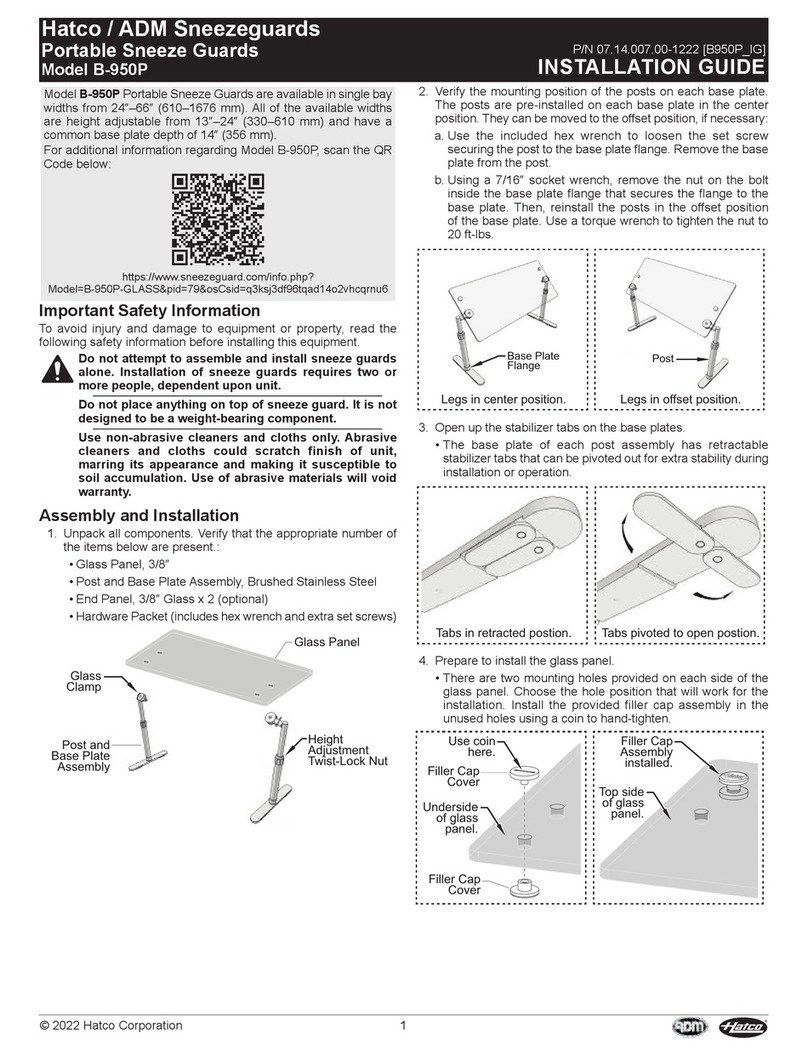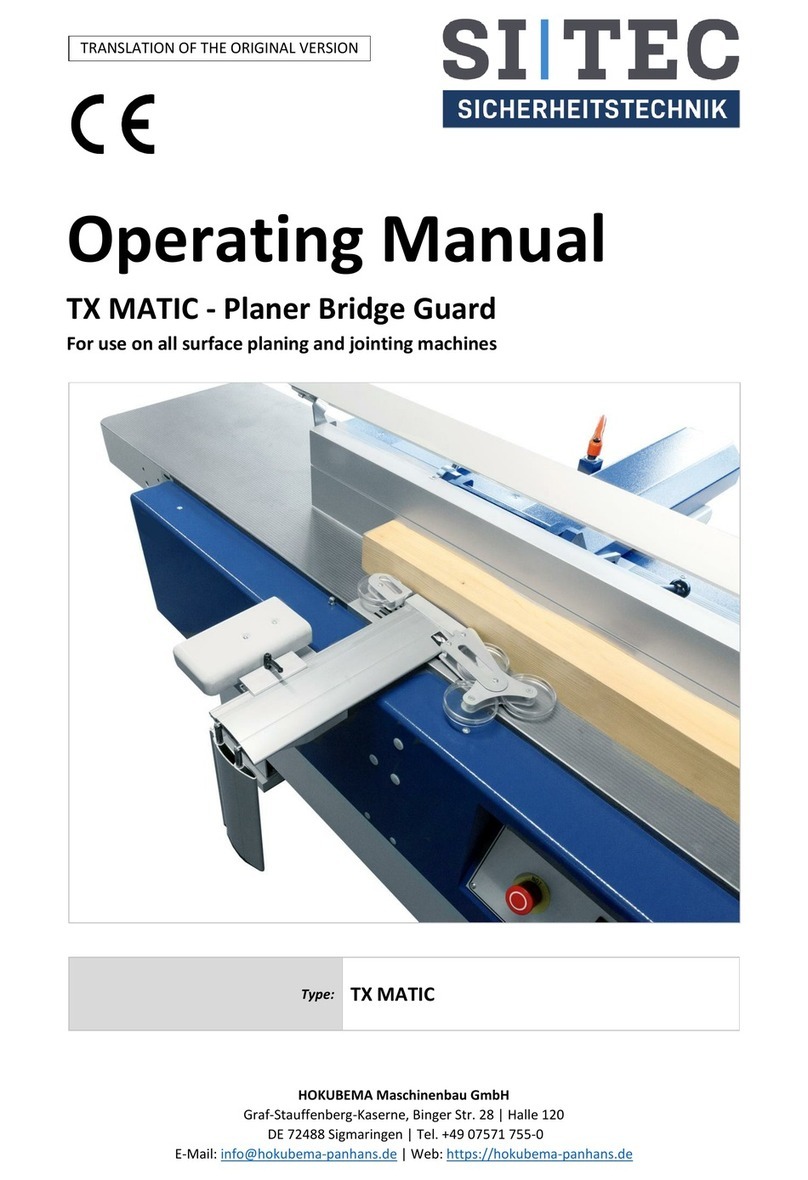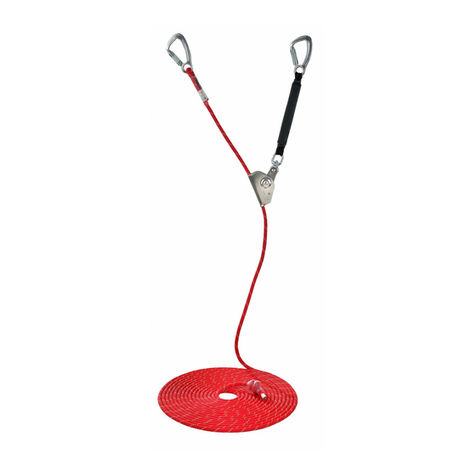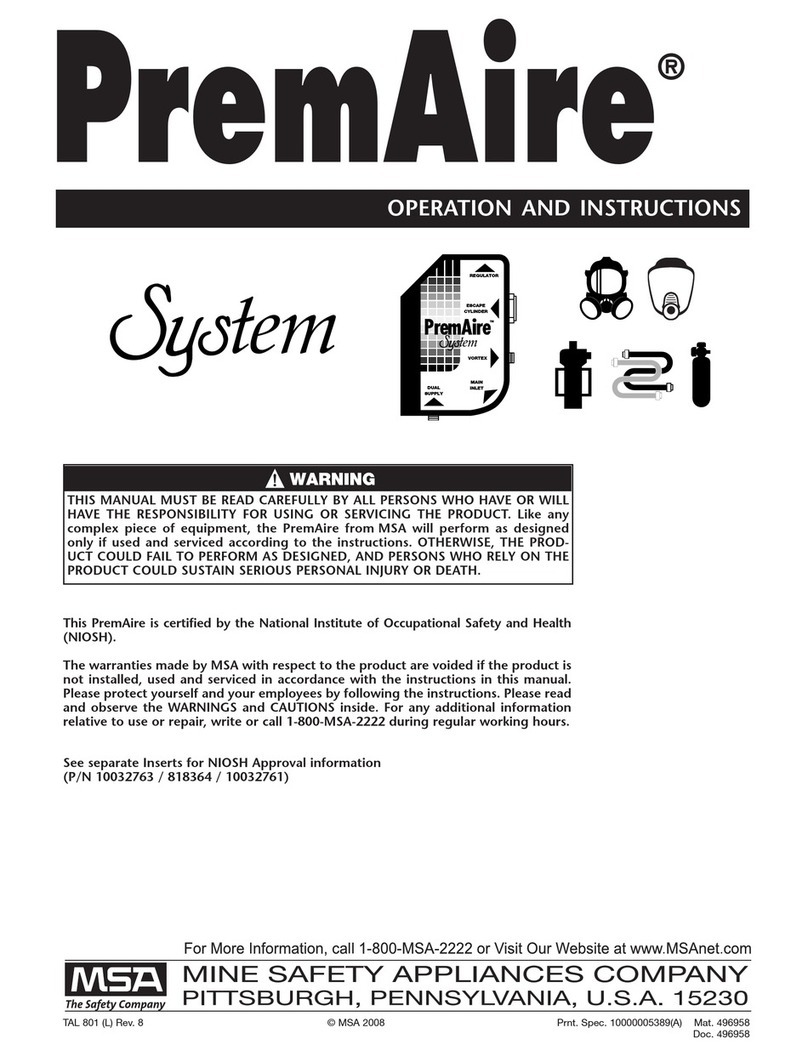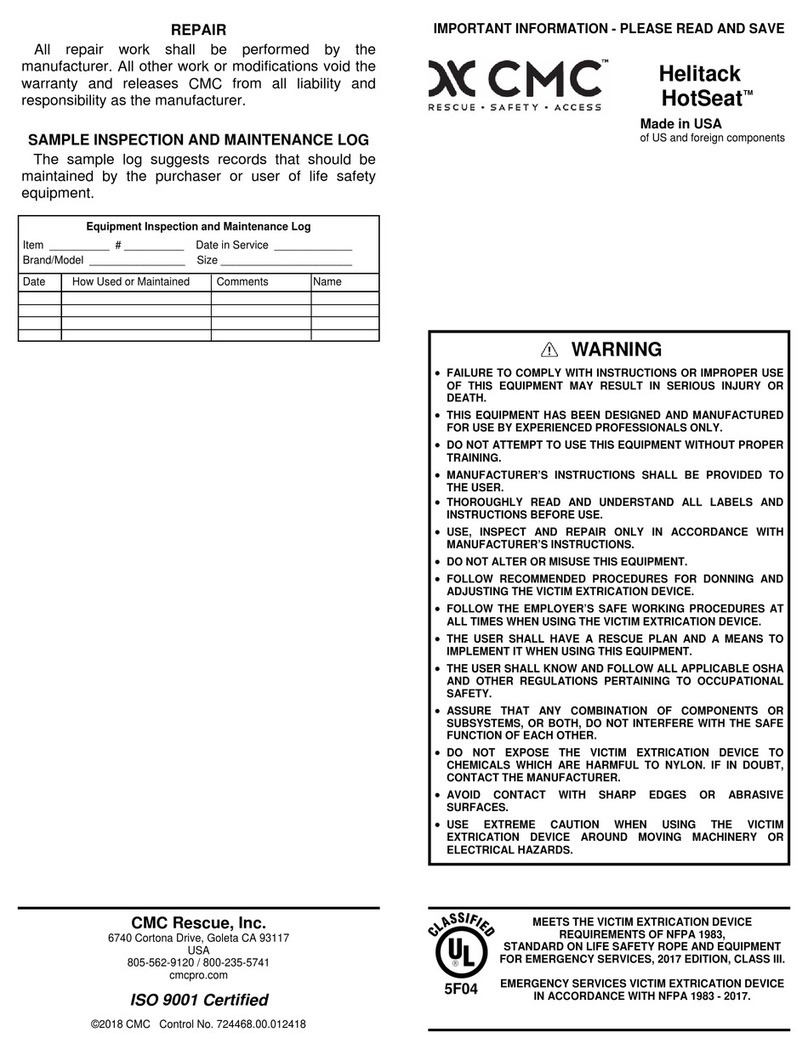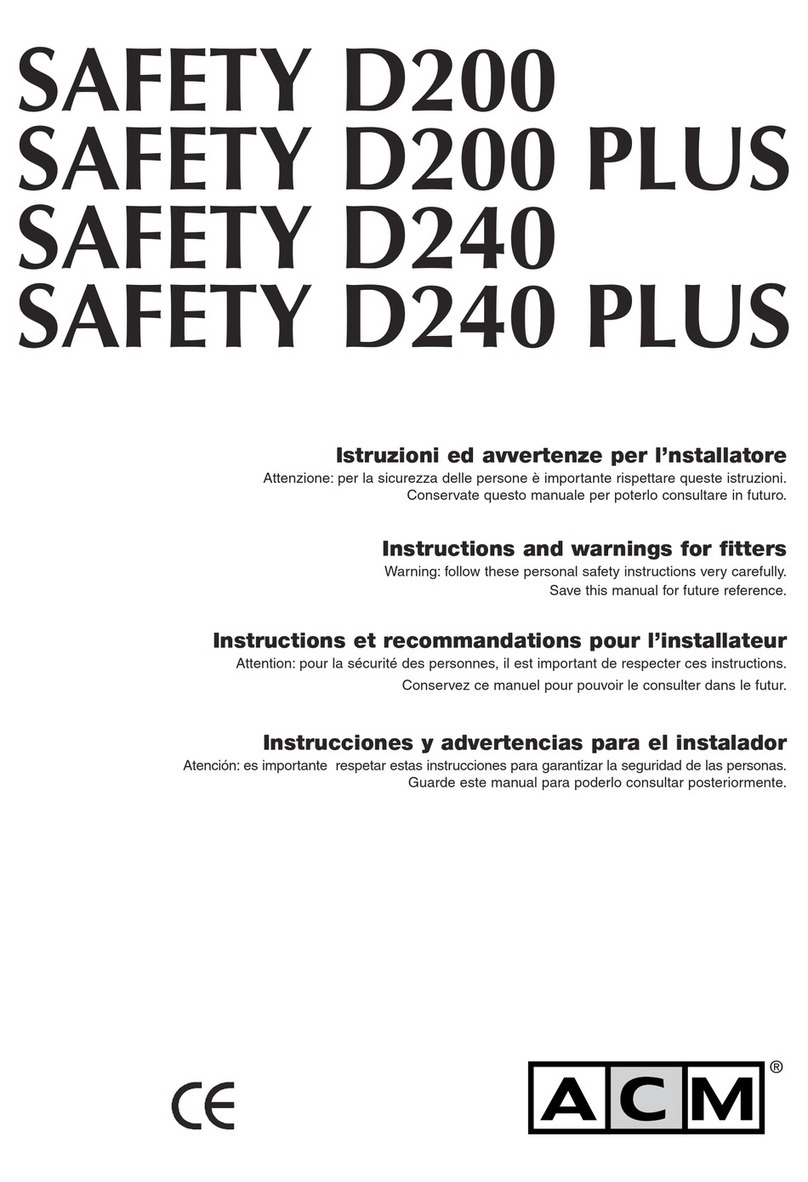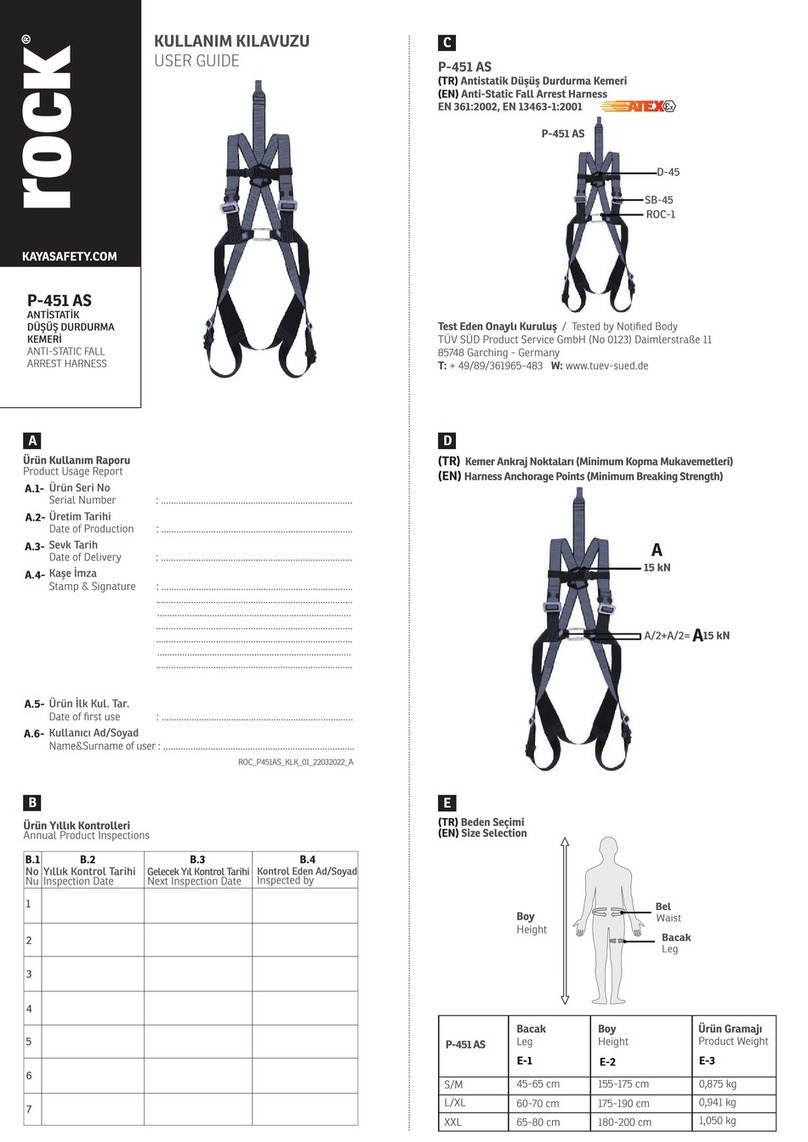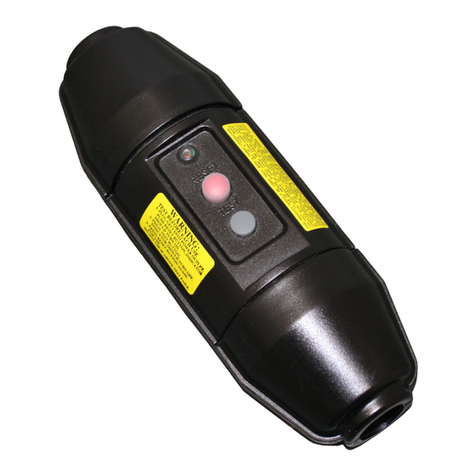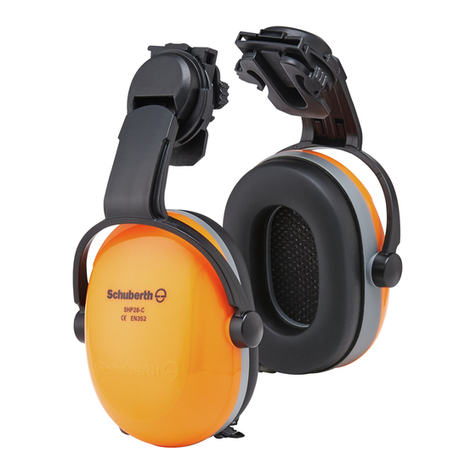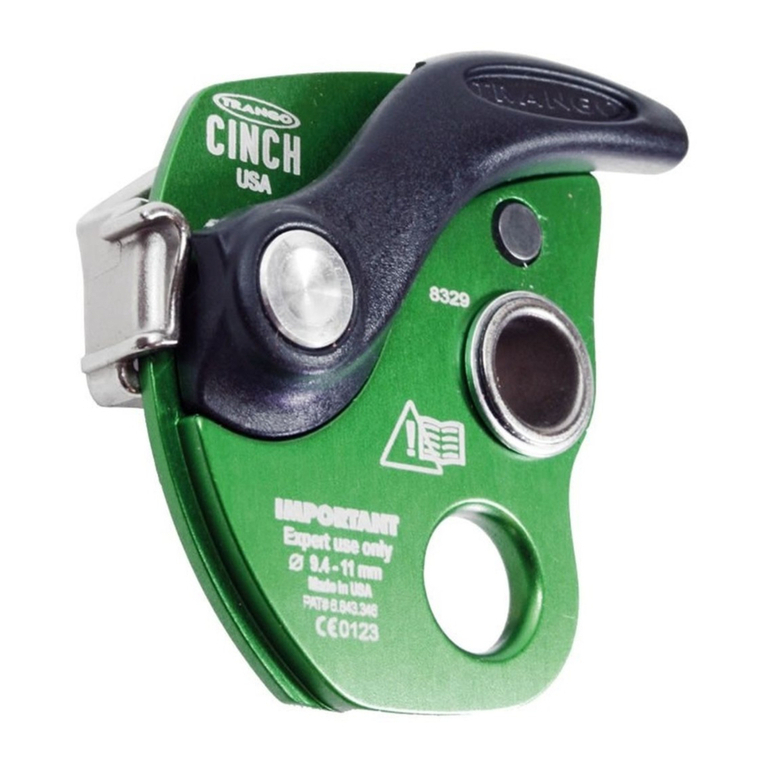
If inside, ventilate the area and/or use local forced ventilation at the arc to remove welding
fumes and gases.
If ventilation is poor, wear an approved air-supplied respirator.
Read and understand the Material Safety Data Sheets and the manufacturer’s instructions
for metals, consumables, coatings, cleaners, and degreasers.
Work in confined space only if it is well ventilated, or while wearing an air-supplied respirator.
Always have a trained watch-person nearby. Welding fumes and gases can displace air
and lower the oxygen level causing injury or death. Be sure the breathing air is safe.
Do not weld in locations near degreasing, cleaning, or spraying operations. The heat and rays
of the arc can react with vapors to form highly toxic and irritating gases.
Do not weld on coated metals, such as galvanized, lead, or cadmium plated steel, unless
the coating is removed from the weld area, the area is well ventilated, and while wearing
an air-supplied respirator. The coatings and any metals containing these elements can give off
toxic fumes if welded.
RESPIRATOR (PAPR) MISUSE can be hazardous.
Welding produces fumes and gases. Breathing these fumes and gases can be hazardous to
your health.
Read and follow these instructions and the safety labels carefully. The powered air purifying
respirator (PAPR) helps protect the user from specific airborne contaminants but must be used
correctly to be fully effective. Have an industrial hygienist test the air in your facility to ensure
the PAPR provides adequate protection from contaminants in your environment. If you have
questions about the respirator, see equipment warning label and consult your Safety Director
and a certified Industrial Hygienist.
Follow all applicable EN / BS, and other regulatory guidelines pertaining to the use of
respirators.
Do not use the powered air purifying respirator where there is danger of fire of explosion.
Do not use the powered air purifying respirator in windy conditions or negative pressure inside
the hood may draw in contaminants from the outside air.
Do not use the powered air purifying respirator without a properly installed spark guard cover.
Without the spark guard cover, welding sparks may ignite the filter or damage the filters and
allow unfiltered air into the helmet.
The powered air purifying respirator does not supply oxygen. Use the respirator only in
atmospheres for which it is EN / BS approved. Do not use the respirator where oxygen levels
are 19.5% or lower, where contaminant levels are unknown or are immediately dangerous to
life or health, or where the contaminant levels exceed the respirator specifications.
Do not enter a hazardous area until you are sure the respirator equipment is correctly
assembled, working properly, and properly worn.
Before each use, inspect the respirator equipment for damage and verify it operates properly,
Before using the respirator, test air flow to verify it is providing an adequate volume of air.
Do not use the powered air purifying respirator without all filter components or with the blower
turned off hazardous levels of oxygen and carbon dioxide may accumulate in helmet.
Always wear the powered air purifying respirator when entering a contaminated area. Do not
remove the respirator until outside the contaminated area.
